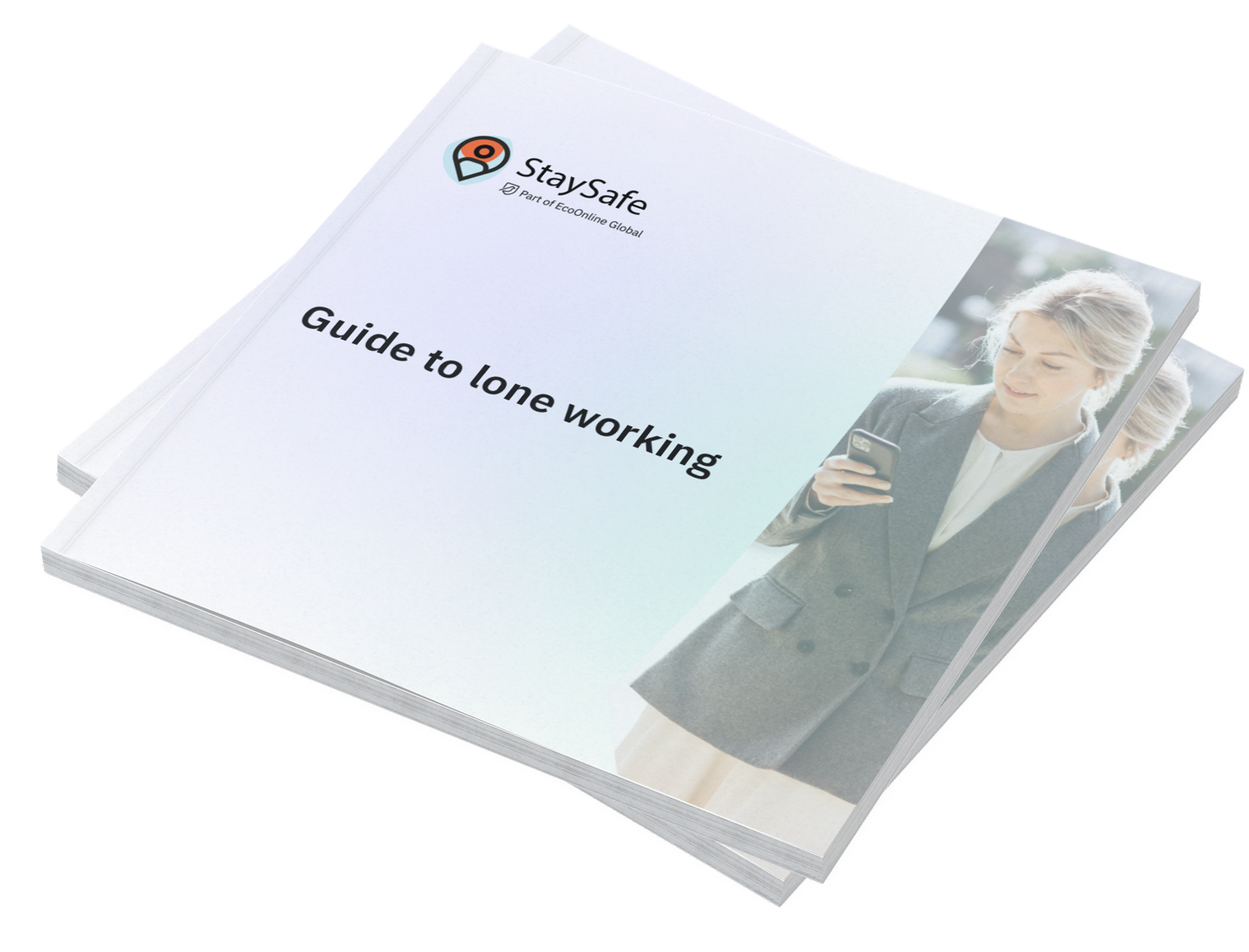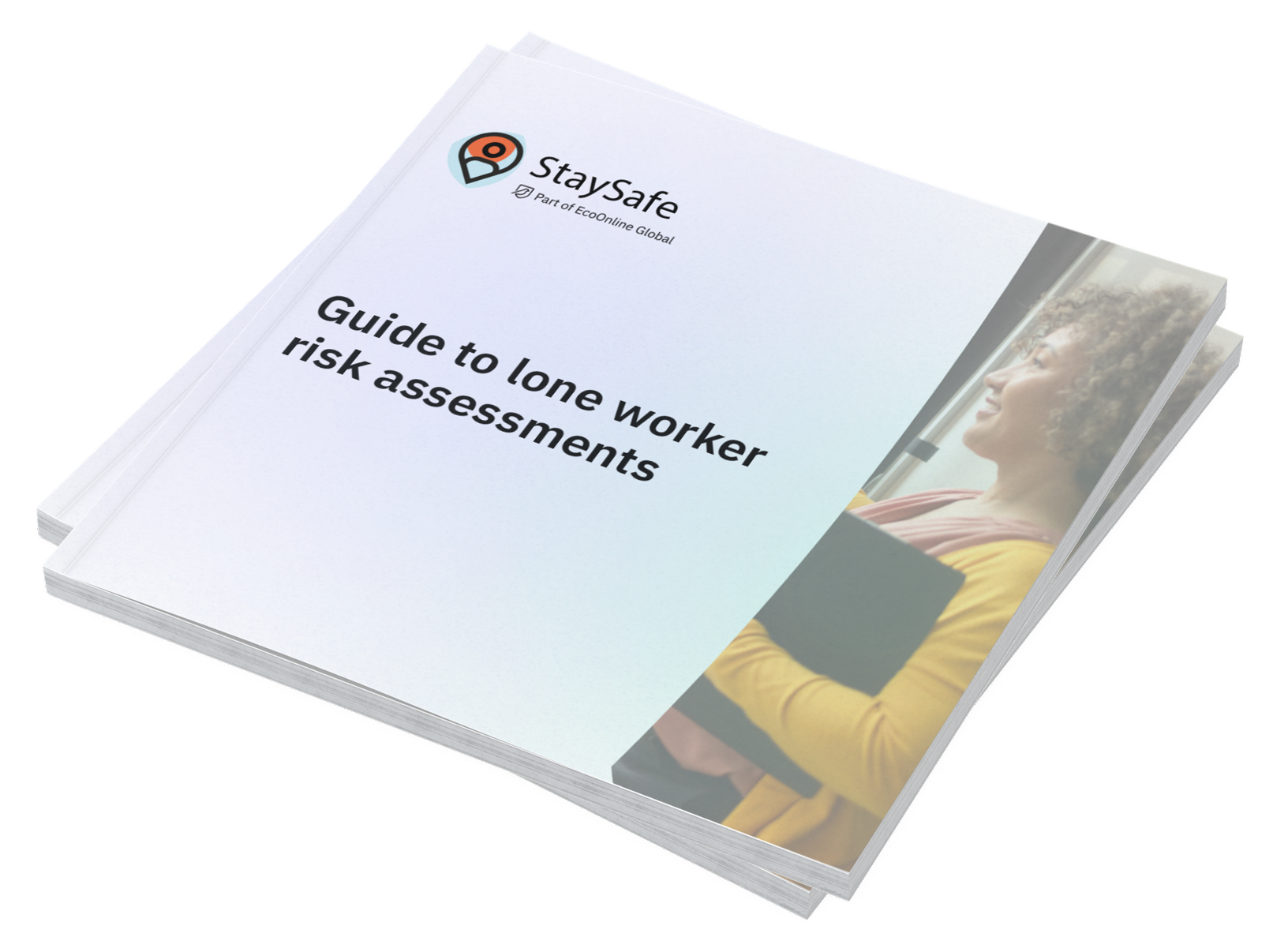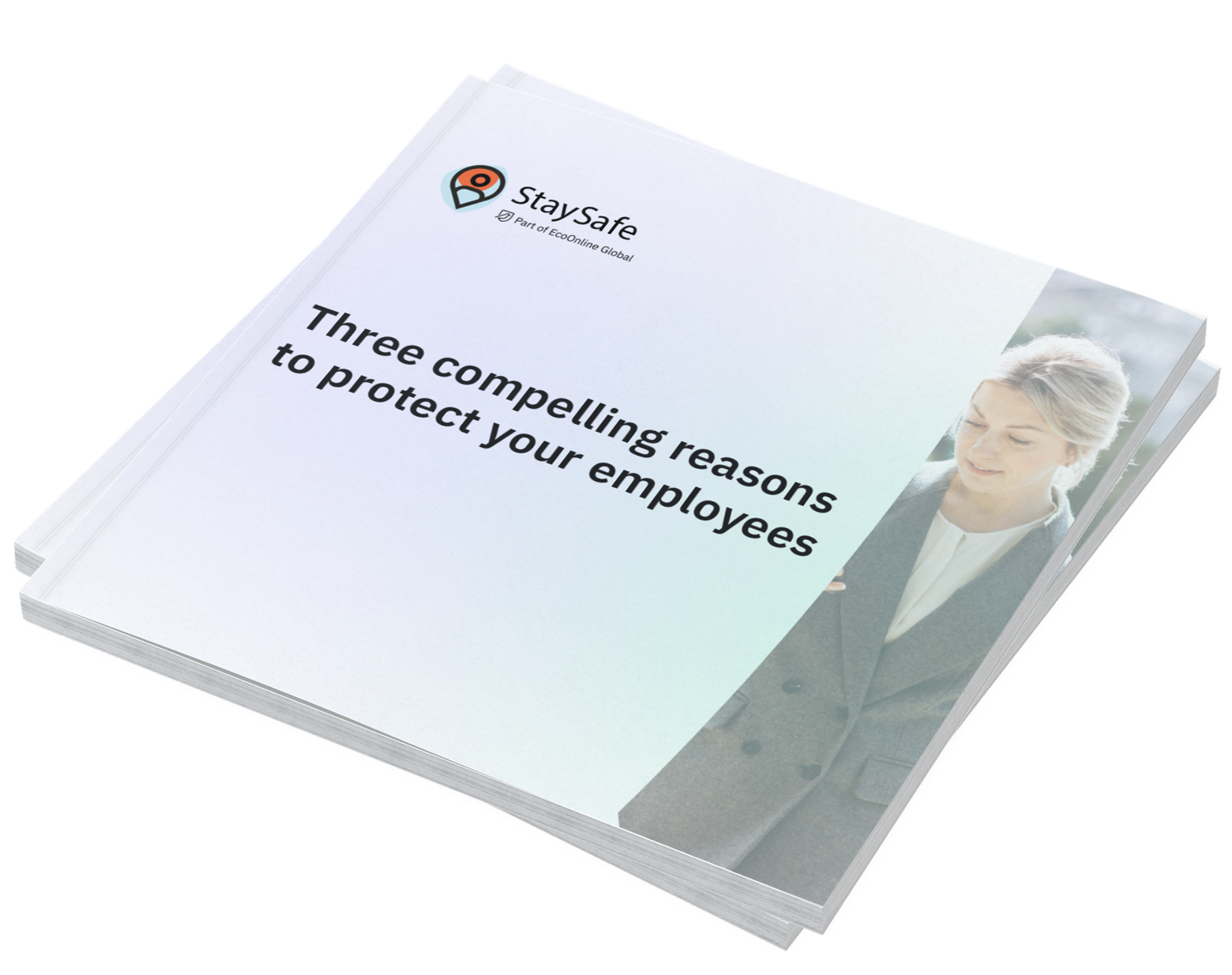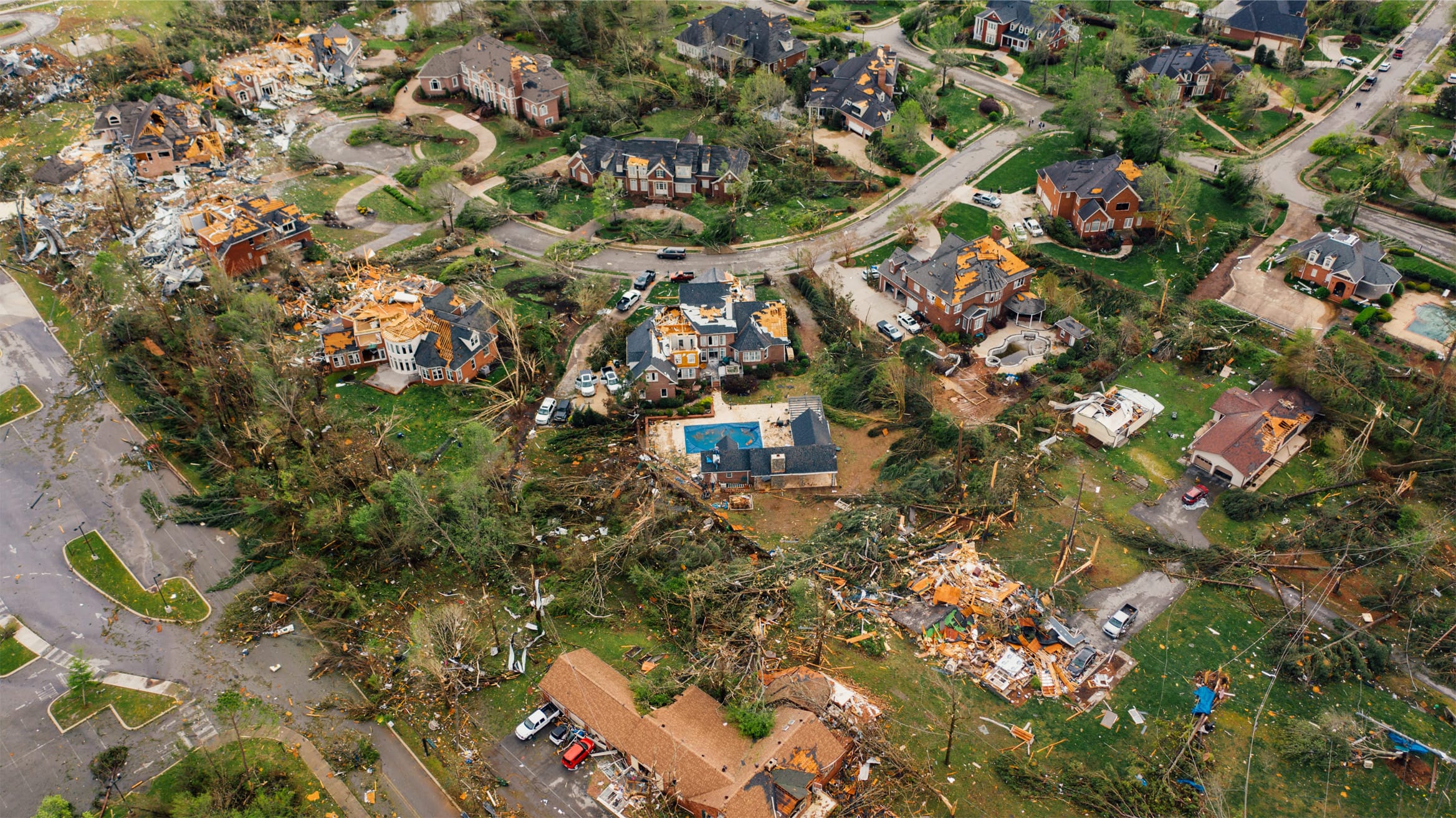
In 2022, the Emergency Event Database recorded 387 natural hazards and disasters worldwide, resulting in the deaths of 30,704 people. From an economic perspective, these emergency events, which include floods, hurricanes, earthquakes and wildfires, resulted in losses in excess of around US$ 223 billion.
Severe weather events are beyond our control, and, although rare, when they strike they can cause quick devastation. They are also on the rise.
Natural disasters are set to increase by 37% globally by 2025
Climate change has a significant impact on the frequency and severity of natural disasters and scientists predict this will continue to increase.
In recent years we have seen wildfires ravage Australia, Europe and the US, earthquakes strike the US and Asia, and floods and hurricanes cause major damage in the US, UK and New Zealand.
As an employer, you have a duty of care to your staff – especially those who work or travel in at-risk areas.
So what are your safety obligations and how can you keep employees safe?
What types of severe weather could affect my staff?
Whilst some severe weather events can be predicted in advance, others have little to no warning before occurring.
Some types of disasters are more likely to occur in some areas than others.
In the UK, staff are most likely to be affected by flooding or temperature extremes. However, globally, the risk of other types of disasters become more prevalent.
Devastating wildfires in Greece, Australia and the United States have dominated the news in 2023. In New Zealand, as well as being prone to severe flooding, being on the boundary of two tectonic plates means they are at an increased risk of earthquakes.
In the US, hurricanes are a major cause of destruction, with eight major hurricanes making landfall since 2017.
As the risk profile varies significantly depending on location, it is important to identify the types of severe weather that are most likely to occur and take the approprpate measures to keep any at-risk staff safe.
Severe weather protocols and policies for keeping employees safe
As an employer, you should have policies in place as part of your health and safety procedures to document how you will deal with emergency situations. Your risk assessment should include provision for severe weather conditions, for domestic employees and for any business travellers and workers in high–risk areas, to ensure you are quickly able to locate and communicate with them in an emergency.
Locating and helping staff in severe weather disasters
If the threat of severe weather is higher for your staff, for example, if they work in a hurricane zone like Florida, or near forests in Australia, it is especially important that you have procedures and tools in place to quickly locate and send assistance to your employees in an emergency.
StaySafe has been developed specifically to help businesses to meet their duty of care to employees in the event of an unpredictable emergency such as a natural disaster or severe weather incident.
Consisting of an app and cloud-based monitoring hub, StaySafe enables employers to quickly and easily locate employees in an emergency and send immediate help.
Features including a panic button, timed welfare checks, missed check-in and fall detection alerts help to ensure that employees are found quickly and get help in an emergency – even in areas of low or no signal.
Are you protecting your lone workers?
Our comprehensive guide covers everything you need to know about lone working.
From identifying the lone workers in your organization, to the risks they face in different environments, our lone worker guide will ensure you know how to keep your staff protected and meet your legal duty of care.
Yes, review policy
Explore our range of lone worker solutions
See StaySafe in action
- 2 week free trial
- See how employees can use the app to check-in & send alerts
- See realtime updates in the monitoring hub
Guide to Lone Working
A comprehensive lone worker guide for employers, managers and the self employed.
Lone Worker Risk Assessment
Three Questions to Ask When Purchasing a Lone Working Solution
Find out more about StaySafe solutions
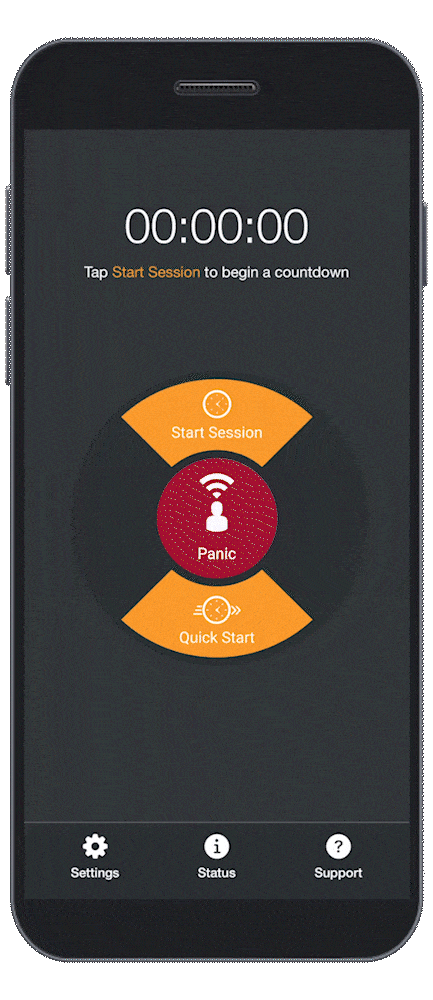
Lone Worker App
Our intuitive app allows employees to check in safely following a lone working session and raise an alert in an emergency.

Cloud Based Monitoring Hub

Wearable Technology


